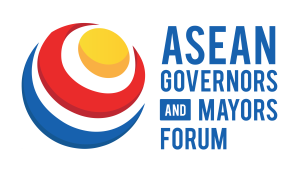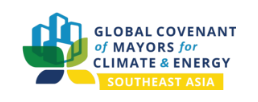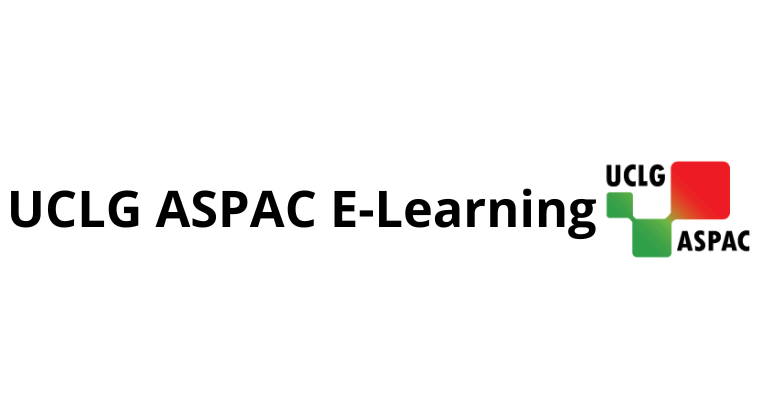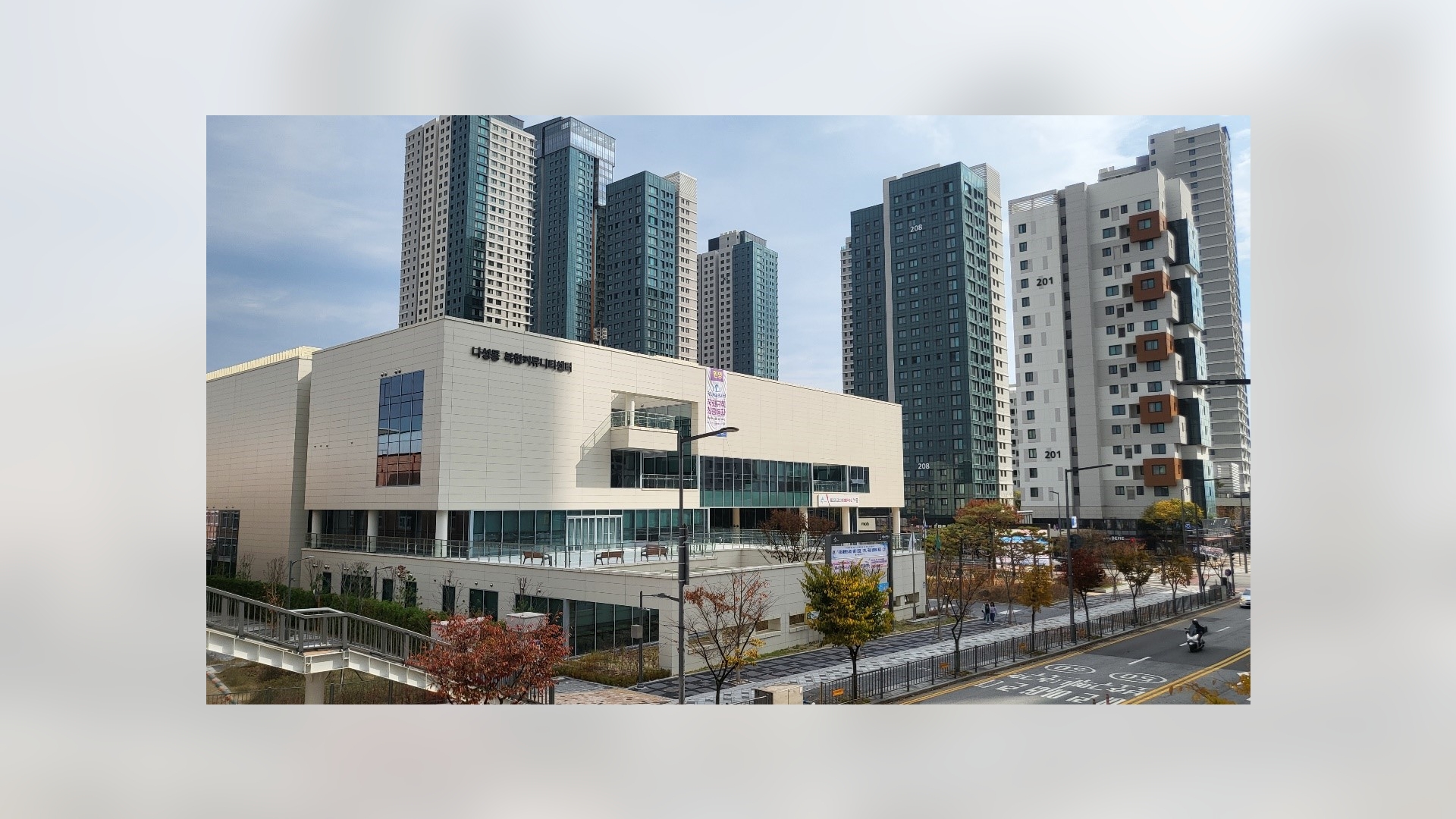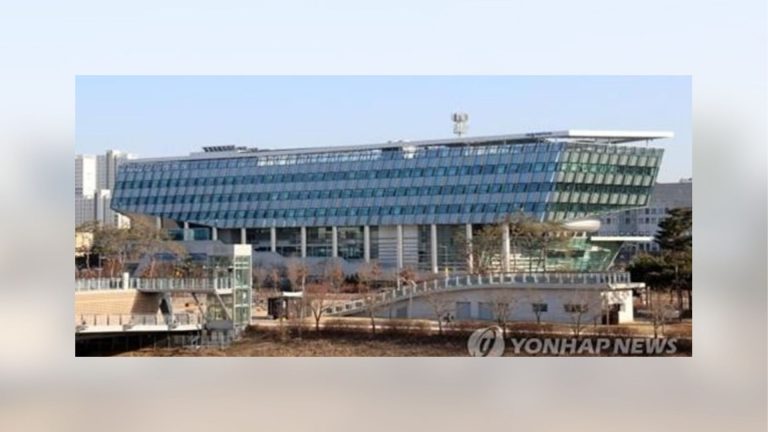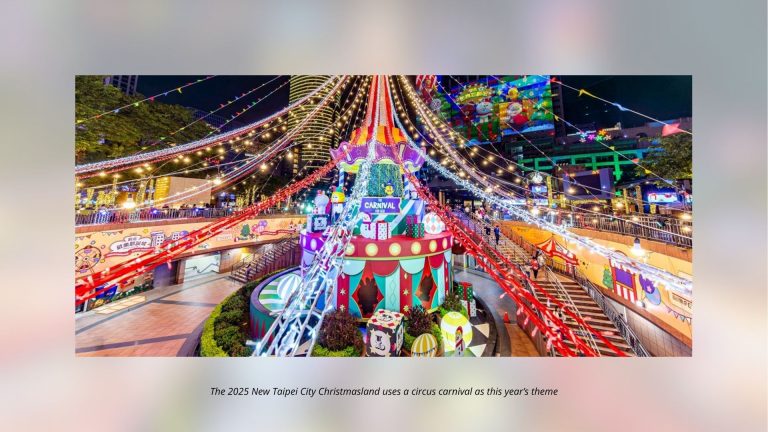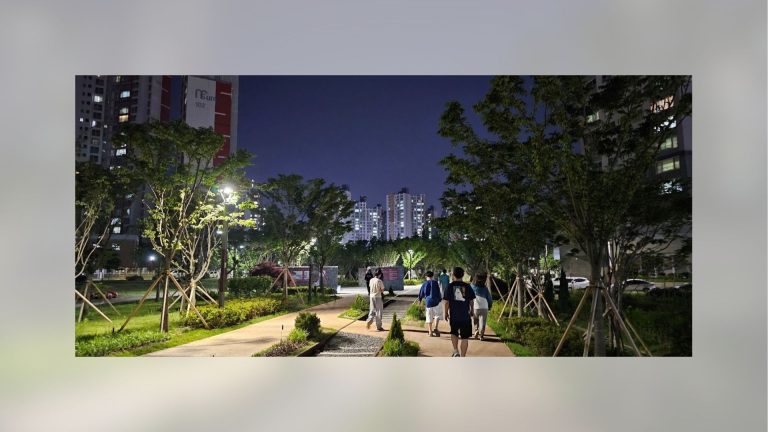Rapid urbanisation and the widespread use of social media have eroded community foundations. Coupled with a societal focus on work-life balance, there is an increasing demand for diverse leisure activities after work. The existing public facilities are insufficient and poorly distributed, reducing their effectiveness and making resident communication and interaction challenging. This situation highlights the urgent need for versatile community spaces designed to meet the varied needs of residents. Responding to this, local government of Sejong has initiated to build Multinational Community Centres throughout the city.
The initiated Multifunctional Community Centre is a multifaceted facility that integrates a local self-governance centre, library, childcare facilities, senior welfare services, and cultural and sports facilities within the community. It is strategically designed to provide comprehensive administrative services that support residents’ everyday needs in administration, education, welfare, leisure, and sports.
Local government of Sejong plans to construct a total of 33 Multifunctional Community Centres within city’s neighbourhoods (dong). They are designed to serve 20,000 to 30,000 residents each. These centres boast comprehensive facilities, including resident centres, libraries, childcare centres, cultural venues, and sports complexes, ensuring all community needs are met under one roof. In six larger residential areas, these facilities are supplemented with additional amenities such as police substations, post offices, emergency safety centres, and swimming pools, further enhancing local convenience. In rural districts, the community centres are developed from the ground up with active participation from residents, featuring township offices and specialised facilities like local food processing centres, healthcare posts, and laundromats. These centres aim to foster community interaction and cater to specific local needs, thereby enriching community life.
As of 2024, a total of 20 Multifunctional Community Centres have been operated, four are under construction, three are in designing phase, while six others are in planning stages. By 2030, local government of Sejong aims to complete the construction of all Multifunctional Community Centres, ensuring that each town (eup), township (myeon), and neighbourhood (dong) within the city has access to these facilities. For Sejong, this initiative is unique and serves as a model for many other local governments nationwide.
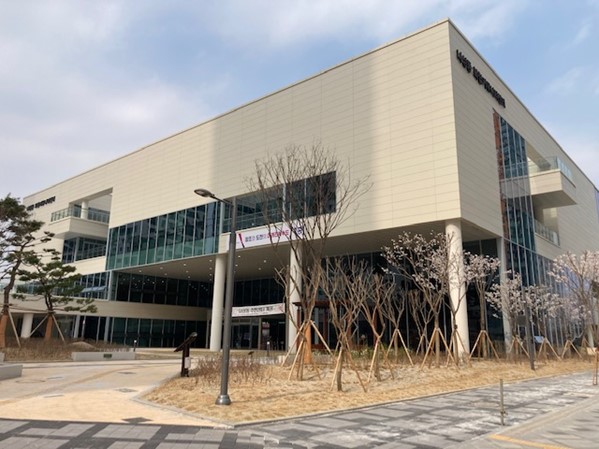
Across Sejong, all Multifunctional Community Centres in towns (eup), townships (myeon), and neighborhoods (dong) have actively hosted a variety of year-round programmes in culture, arts, health, and sports, all managed by local self-governance committees. These committees have managed to empower residents to participate in programme development, operation, and instructor hiring, significantly boost satisfaction across all age groups and foster a true sense of community self-governance.
Local government of Sejong is committed to providing facilities that meet the needs of its citizens. They also ensure these facilities are responsive to residents’ needs and efficient in operation.
This article is submitted by Sejong Local Government, an active member of UCLG ASPAC.

